Jamie started as an intern at the Centre for Research Collections last week, here he tells us about his first few days.
I have just finished my first of eight weeks as a Marketing and Outreach Intern with the CRC, and what a week it has been. After a quick induction the first week has been filled with a mixture of meeting all of the fascinating people working in the department as well as gathering and researching ideas for some of the projects I am going to be working on.
Since I have started, my mind has been blown at least once a day by the interesting things that everyone is working on, and the more this happens the more eager I have been to make my internship successful so we can share some of the stories I have heard with everyone else!
On that subject, here is a little bit more about what I’m doing. As a marketing and outreach intern I’m looking over some of the existing strategies as well as researching, and possibly creating, new ones. Basically I’m looking at ways in which to reach out to more people and let them know about the department and give them a better understanding about what everyone does. I am finding it quite exciting because I get to meet and discuss with everyone all about their roles so I can have a better idea of how to promote everything. By this point you are probably wondering how this led to the destruction of a city. 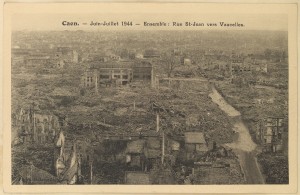 [Just one of many scenes of devastation included in the photo album of Caen]
[Just one of many scenes of devastation included in the photo album of Caen]
Well, it started with all the news surrounding the D-Day Anniversary, I started asking around to see if anyone had information about a collection relating to this that we could post to our Facebook and Twitter pages. I was directed to a photo album in the collection showing pictures and postcards of the city of Caen in Normandy. The city of Caen was first attacked on D-Day by the allies, but initial assaults were unsuccessful and the battle for Caen ended up waging on for most of June and July. During this battle Caen suffered from heavy bombing and destruction of a lot of its buildings. The photo album I looked through was mostly before and after pictures and it was sad to see many beautiful buildings on postcards and then next to it a photo of the same spot but with nothing more than a pile of rubble. The album had been presented by a Professor John Orr, who was a professor of French here. In the catalogue book there was another entry that was a collection of telegrams and newspaper clippings from John Orr, so I decided look for more information behind the Professor’s link with Caen. Going through this collection I found out that Professor Orr was the Chairman of the Edinburgh-Caen Fellowship, and worked hard on getting the people of Edinburgh to donate food, money and emergency items to Caen following the destruction of their homes.
[Two images showing before and after the assaults]
I could go into a lot more detail on what I found out about the Professor and Caen but I think that I’ve given enough for a taster. If you want to find out more you could pop to the Centre for Research Collections’ Reading Room in the Main Library and take out the album yourself and read all about these important events in our history.
I am sorry to disappoint those of you looking to find out how I caused the destruction of a city! If you haven’t realised, it was about how my internship led on to finding out about Caen. I am a little clumsy but have never done anything like destroying an entire city… yet. I hope you’ve enjoyed my first blog – hopefully they’ll let me do another one…
Thank you for reading, and thank you to DIU for supplying the images.
Jamie


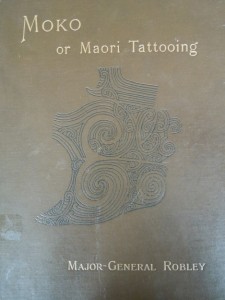
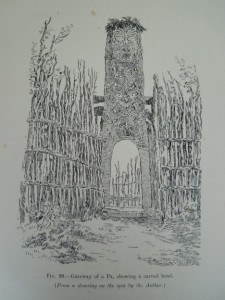



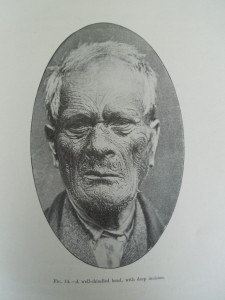
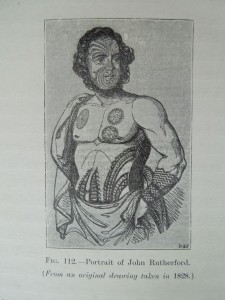
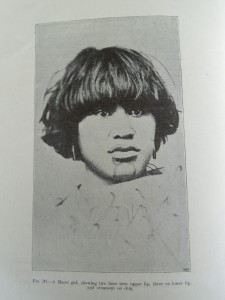
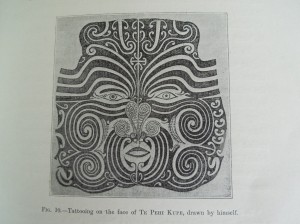
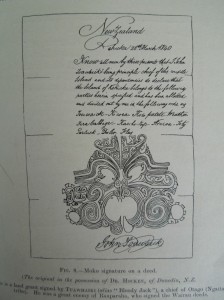


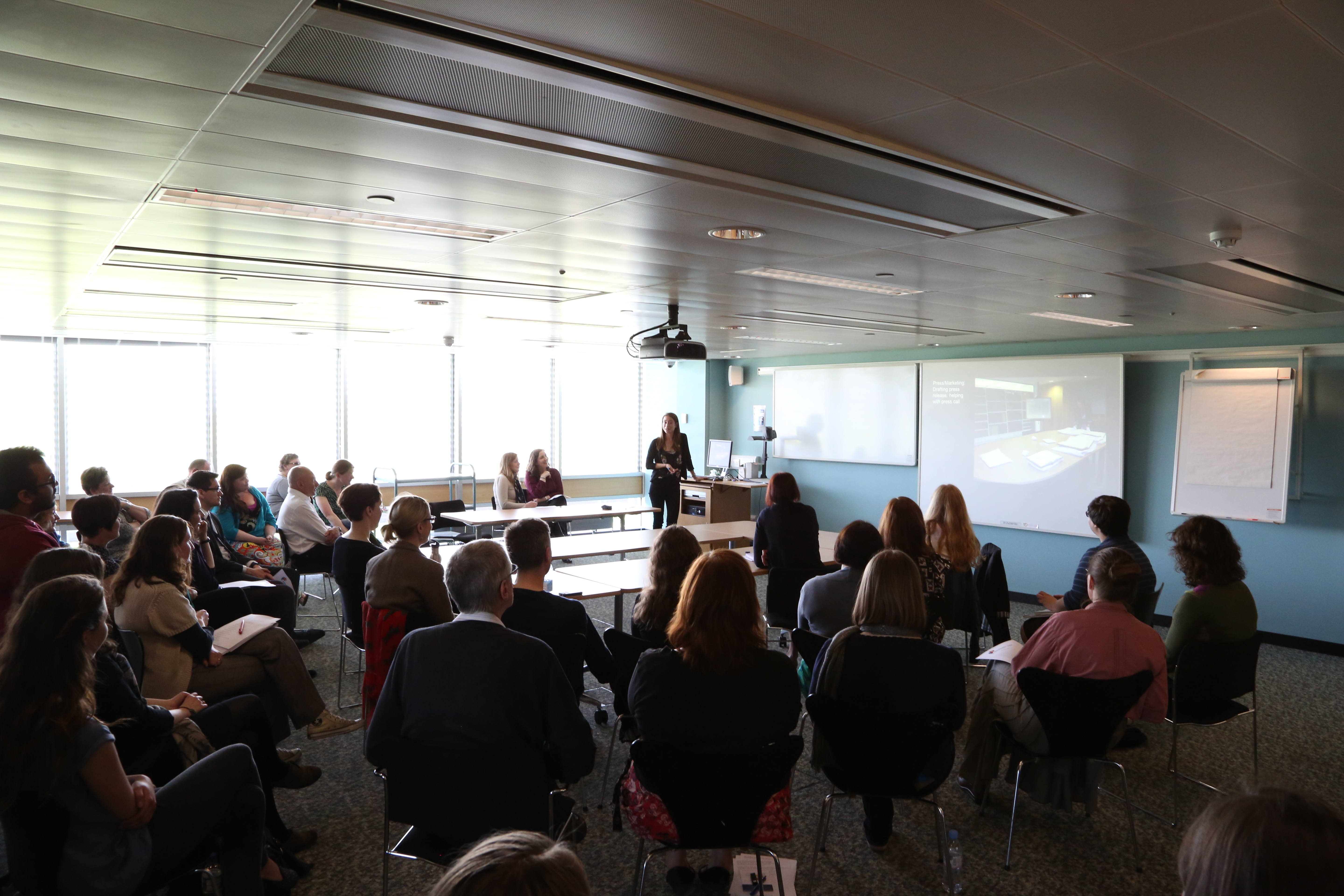
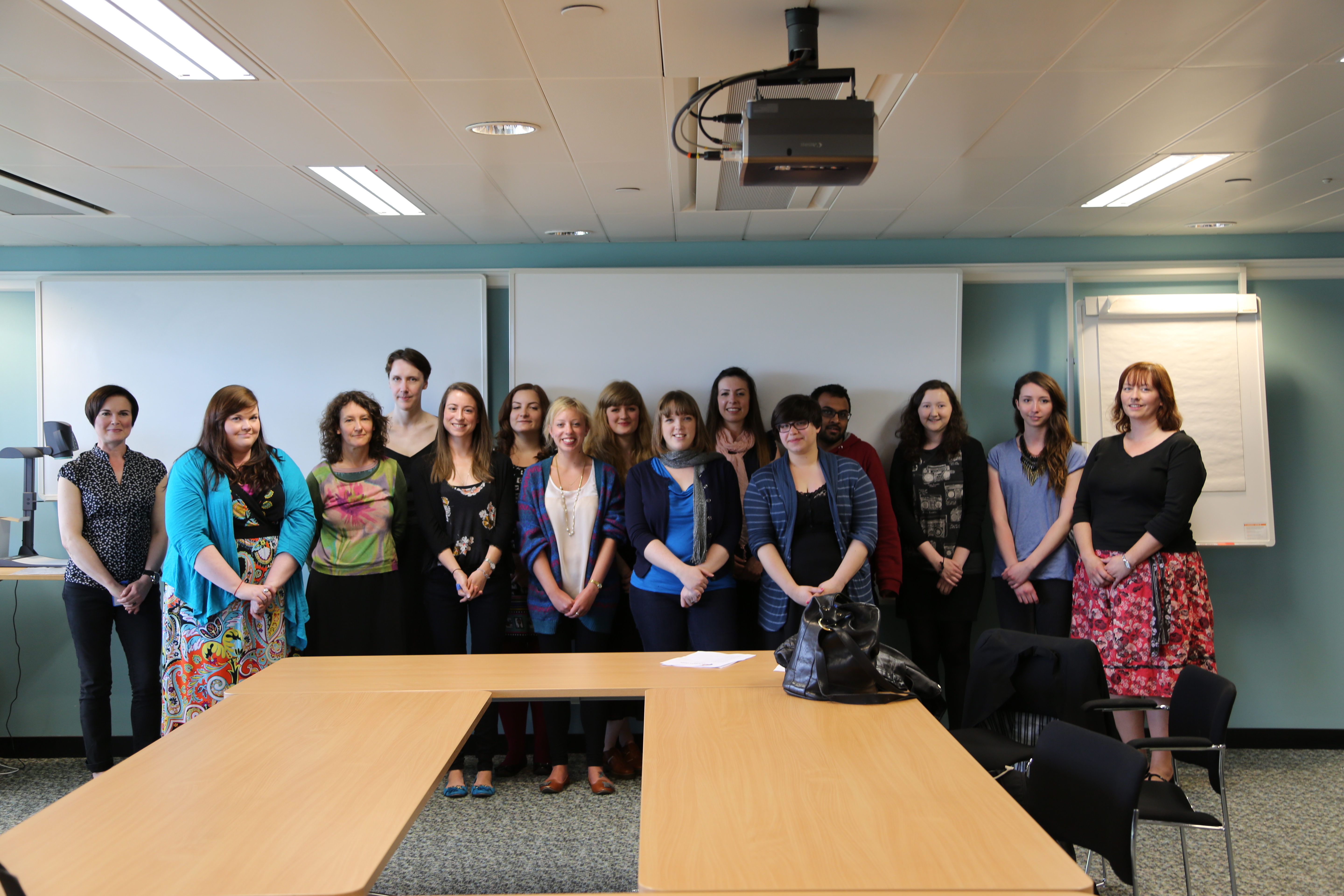
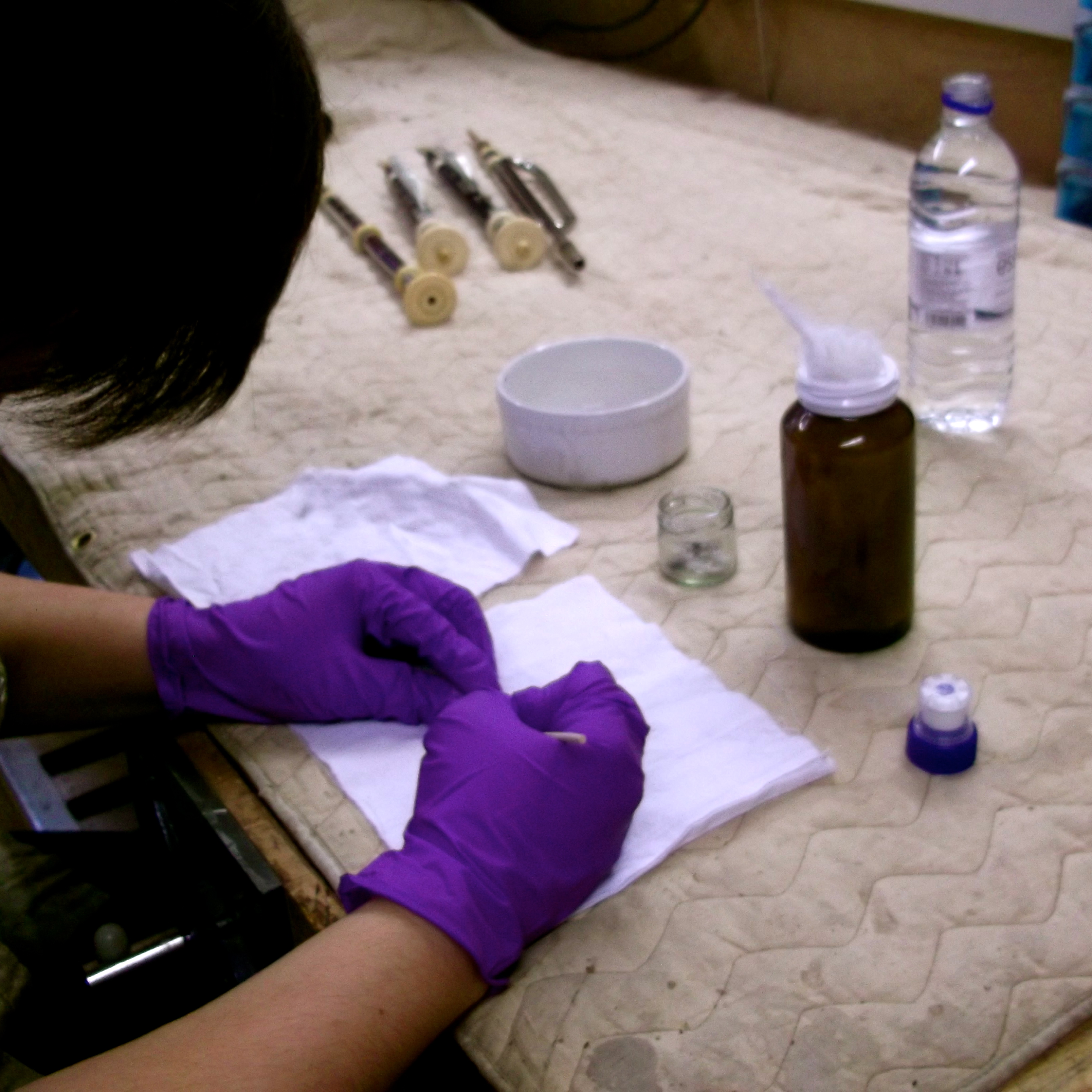
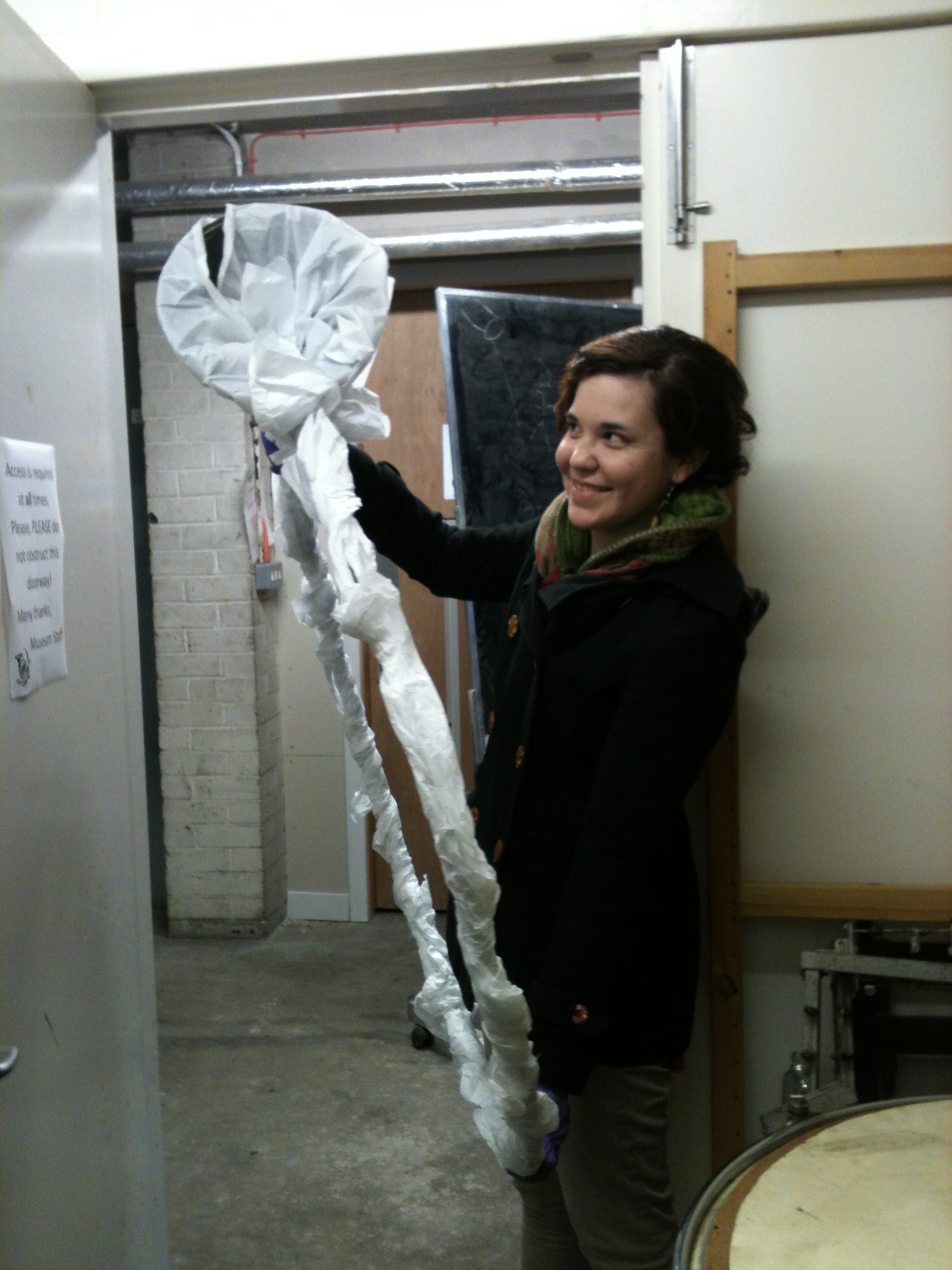 What has made this internship most special, though, is all the odd jobs that I have ended up doing, whether that be sorting through the odd folder of the Langwill-Waterhouse Archive; conserving tarnished bagpipes for an upcoming symposium; or learning about the proper care of instruments as part of the relocation of EUCHMI’s collection to improved storage facilities. In the process, I have learned about instruments I never knew existed, gained archive management and conservation experience, and polished up my research skills into the bargain.
What has made this internship most special, though, is all the odd jobs that I have ended up doing, whether that be sorting through the odd folder of the Langwill-Waterhouse Archive; conserving tarnished bagpipes for an upcoming symposium; or learning about the proper care of instruments as part of the relocation of EUCHMI’s collection to improved storage facilities. In the process, I have learned about instruments I never knew existed, gained archive management and conservation experience, and polished up my research skills into the bargain.

